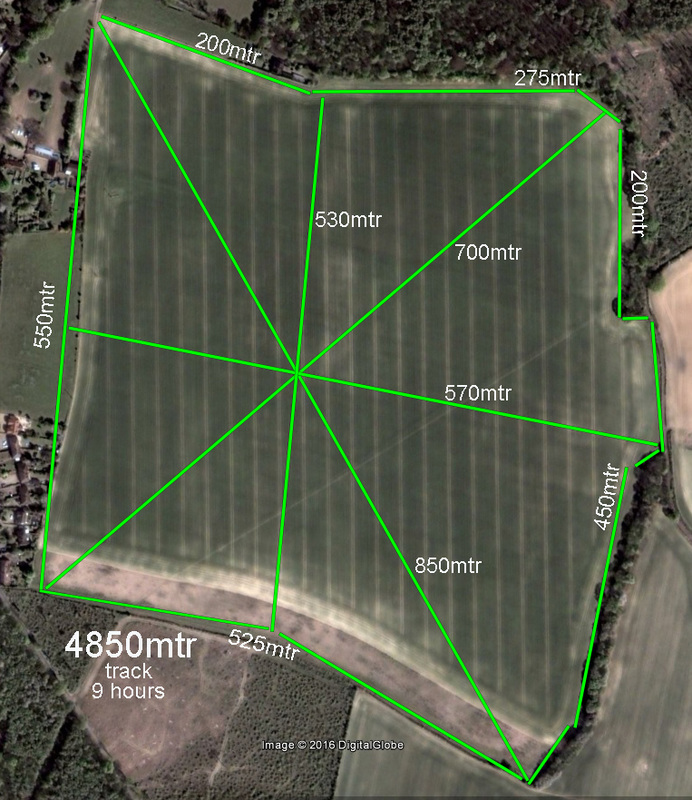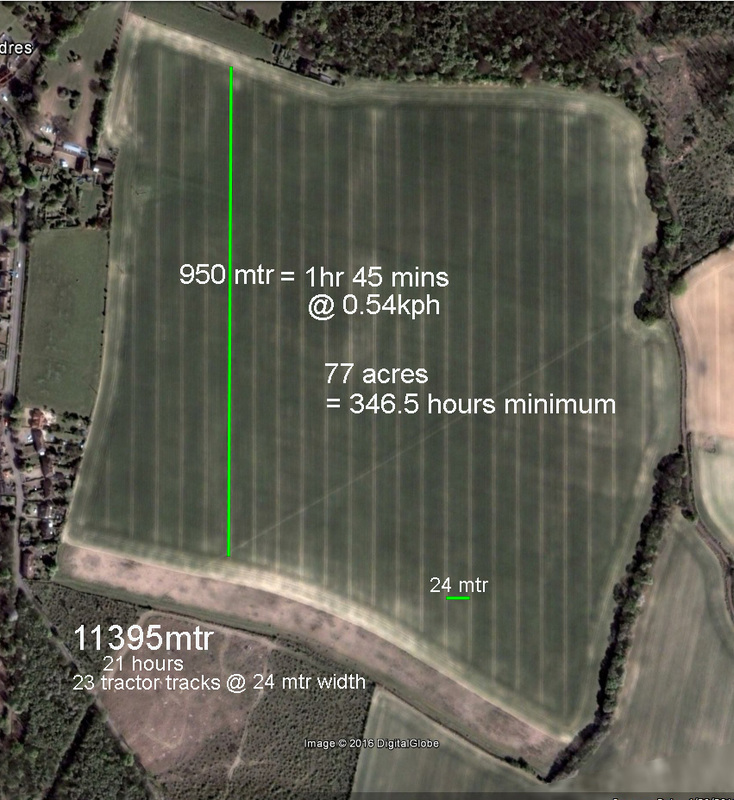The overall view is that all forums reflect exactly the same scenario as metal-detecting clubs.
Clubs and forums are made up of a very similar types of members such as, and in no particular order:
- Cliques
- Couples
- Newbies
- Antagonists
- Occasional detectorists
- Beach permissions only
- Those seeking information to increase their results
- Buddy seekers
- Machine focused
- Accessory focused
- Permission seekers
- Serious detectorists
- Middle of the road detectorists
- Basic detectorists (hobbyists)
- Bullies (especially desktop warriors)
- Those with Insecurity issues (some severe)
- Envious members
- Those that want to share their good fortunes and ideas
This list may be endless, but it summarises just some of the typical members of a club or forum.
In a "normal" world you should be able to show your finds with only positive comments as this alone should be sufficient.
You've got to ask the question as to why you may get totally negative and derogatory comments when they are not constructive.
Indeed, a majority of the negative comments are totally unfounded and have no place in a forum or any other public place or platform.
The initial analysis of club/forum psychology is that the following is noted, again in no particular order:
- Finding "normal" stuff ie; Victorian, Georgian is widely accepted by the club/forum.
- Finding small amounts of "good" stuff ie Medieval/Roman may also be tolerated.
- Finding several "good" finds is not acceptable to the point of being rejected by a club or some forum members. Unfortunately this is a fact as this happened to us after winning "Find of the Year" three years on-the-run at our local club. They changed the rules!
- Having minimal permissions is cynically acceptable.
- Having several permissions in 8 counties is not acceptable.
- The use of "small" and "simple" words are only allowed when writing on a forum so as not to upset those grammatically challenged.
- Using actual "real world" words such as "survey" and "professional" are frowned upon and mocked by the less experienced forum/club members, again reflecting the above statement.
- Searching inefficiently at the cost of missing finds is acceptable ie; snail-trailing or "zig-zagging" as described by a forum member.
- Reluctance to accept/acknowledge successful search techniques.
- Reluctance to accept 100% proven advice over several disciplines.
- Closed minds that won't allow any good ideas to come to fruition.
- Bitter back-biting within clubs and forums.
- A very small number of club/forum members that openly accept and acknowledge the success of other forum/club members with no fear of publishing their views.



 RSS Feed
RSS Feed
